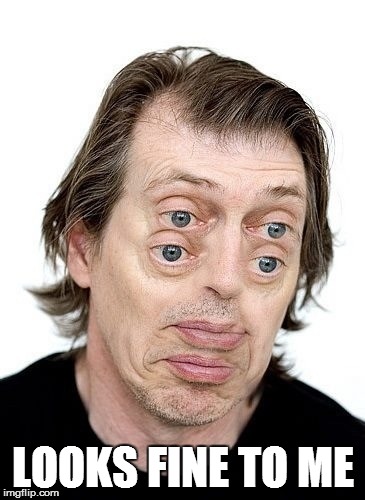- Joined
- Aug 20, 2006
- Messages
- 13,000
AMD doesn’t seem all that impressed with NVIDIA’s deep-learning supersampling (DLSS) technique: despite earlier reports suggesting the company was developing a DLSS alternative built on Microsoft’s DirectML API, representatives now say AMD is “doubling down on SMAA and TAA,” which they claim don’t come with “the image artifacts caused by the upscaling and harsh sharpening of DLSS.”
While AMD isn’t actively pursuing DLSS-like technologies right now, that isn’t to say it’s not possible something similar will be rolled out using WindowsML or DirectML to create an open source version of DLSS. Using machine learning to enhance the visuals and the performance of games on Radeon GPUs in the future is therefore still a possibility. Just hopefully without that “harsh sharpening,” eh?
While AMD isn’t actively pursuing DLSS-like technologies right now, that isn’t to say it’s not possible something similar will be rolled out using WindowsML or DirectML to create an open source version of DLSS. Using machine learning to enhance the visuals and the performance of games on Radeon GPUs in the future is therefore still a possibility. Just hopefully without that “harsh sharpening,” eh?
![[H]ard|Forum](/styles/hardforum/xenforo/logo_dark.png)
